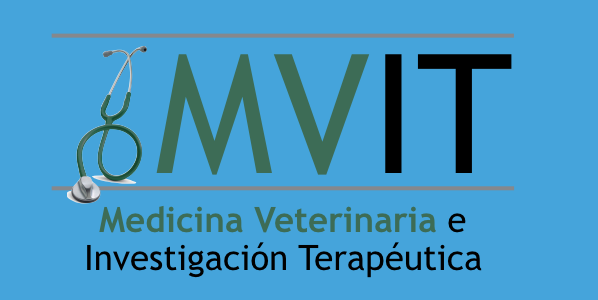Mathematical method for calculating the sensitivity of a real-time trans-PCR analysis for Coxiella burnetii in goat milk
Small Ruminant Research. Volume 123, Issue 1, 1 January 2015, Pages 149-154
Fleitas, J.L., Tejedor-Junco, M.T., Santana, A., Andrada, M., Ramírez, A.S.
Abstract
Coxiella (C.) burnetii is an obligate intracellular microorganism which causes Q fever, an important zoonotic disease. C. burnetii can be excreted in birth products, feces, urine and milk. It is known that C. burnetii can be shed in milk during several lactation periods. The PCR based on the transposon-like element IS1111a genes target has been proved to be highly sensitive and specific. In this study we present an adaptation of the primer set designed for conventional PCR targeting the multicopy IS1111 repeat element to be used in real-time PCR (real time trans-PCR) and the design of a mathematical model for calculating the sensitivity of a real-time trans-PCR analysis for C. burnetii in goat milk. The adaptation of the trans-PCR into real time was evaluated and positive goat milk samples were analyzed with it. With the aim of estimate the probability of false negative, we fit a probability distribution to the threshold cycle values. Several probability distributions have been considered. In all cases the goodness of fit has been assessed by using Kolmogorov-Smirnov and Anderson-Darling Quadratic tests. Using real time trans-PCR, it was possible to obtain a clear positive reading for 8.01×103cells/ml. From the 56 milk samples tested, the real time trans-PCR assay revealed real positivity for C. burnetii in all of them. The logistic fit leads to an estimation of the rate of false negatives of 8.07%, which would have a sensitivity of 91.93% (using 41 cycles in the protocol). The primers for IS111 region described could be used and they are effective to detect C. burnetii in milk samples.



